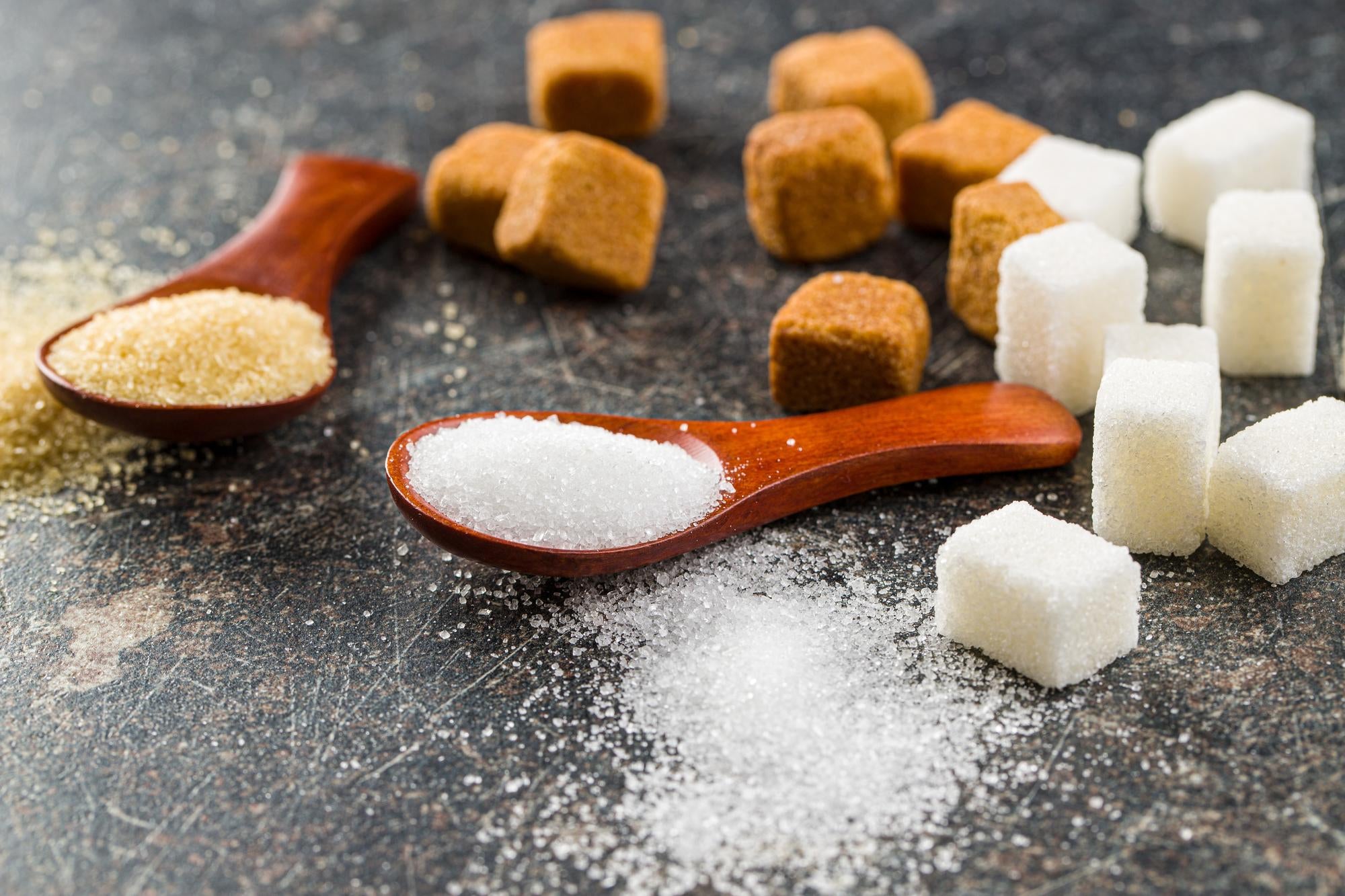A key factor in the beet sugar vs cane sugar debate is how each variety impacts baking.
A key factor in the beet sugar vs cane sugar debate is how each variety impacts baking.
Blog Article
Discover the Uses and Benefits of Beet Sugar Vs Cane Sugar in Your Daily Diet Plan
Discovering the distinctive qualities of beet and cane sugar exposes greater than simply their sweetening capacities; it highlights their unique effect on health and wellness and cookeries. Beet sugar, known for its subtle flavor, is commonly preferred in fragile desserts, whereas cane sugar, with its hint of molasses, includes splendor to durable dishes. Each type holds its very own dietary profile and glycemic ramifications, welcoming a deeper understanding of their functions in a balanced diet and lasting consumption techniques.
Beginning and Production Procedures of Beet and Cane Sugar

The distinct environments and dirt types required for expanding sugar beetroots and sugarcane contribute to differences in their farming methods and geographic circulation, affecting the economics and sustainability of their production. beet sugar vs cane sugar.
Nutritional Comparison In Between Beet Sugar and Cane Sugar
Despite stemming from various plants, beet sugar and cane sugar are nutritionally extremely similar, both largely containing sucrose. Each offers regarding 4 calories per gram, equating to roughly 16 calories per teaspoon. Structurally, both sugars are composed of about 99.95% sucrose, with marginal amounts of other substances like dampness and trace element, which do not substantially alter their dietary profiles.

Inevitably, when picking in between beet sugar and cane sugar based upon dietary web content alone, both deal similar advantages and drawbacks as they are basically types of the same molecule-- sucrose, providing fast energy without other nutrients.
Influence on Health And Wellness: Glycemic Index and Caloric Content
Exploring even more into the impacts of beet sugar and cane sugar on health and wellness, it is crucial to consider their glycemic index and calorie web content. The glycemic index (GI) of both beet and cane sugar is around 65, classifying them as high-GI foods, which can trigger quick spikes in blood glucose degrees.
Each kind of sugar has around 4 calories per gram, making their calorie material equivalent. For those keeping an eye news on caloric intake, especially when managing weight or metabolic health conditions, comprehending this equivalence is important (beet sugar vs cane sugar). Too much consumption of any kind of high-calorie, high-GI food can add to health and wellness problems such as excessive weight, heart condition, and insulin resistance.
Environmental and Economic Considerations of Sugar Manufacturing
Beyond health influences, the production of beet and cane sugar additionally increases substantial environmental and financial issues. Sugar beet farming tends to call for cooler climates and has a lower geographical impact compared to sugar cane, which prospers in tropical areas. Both plants are extensive in terms of water use and land line of work, potentially leading to logging and water scarcity. Financially, the global sugar market is extremely unpredictable, influenced by modifications in worldwide profession plans and subsidies. Numerous countries incentivize sugar production with economic support, skewing market value and impacting small farmers adversely.
Furthermore, making use of chemicals and fertilizers in both beet and cane sugar cultivation can result in soil deterioration and contamination, additional affecting biodiversity and regional water bodies (beet sugar vs cane sugar). The choice between cultivating sugar beet look at here or cane commonly hinges on regional environmental conditions and economic factors, making the sustainability of sugar production an intricate issue
Culinary Applications and Flavor Differences
While the ecological and economic aspects of sugar production are indeed substantial, the option between beet and cane sugar also affects cooking applications and taste accounts. Beet sugar, originated from the sugar beet plant, is known for its remarkably neutral preference. This makes it a flexible component in baking, where it does not modify the flavor of other parts. It liquifies article rapidly and is perfect for use in cakes, cookies, and breads.
Cane sugar, removed from sugarcane, commonly retains molasses traces, which present an unique splendor and depth. This mild molasses flavor boosts the complexity of baked products, sauces, and marinades. It is especially preferred in products where a sugar touch is preferred, such as in brownies or gingerbread. In addition, the mild variation in wetness material in between beet and cane sugar can affect the structure and uniformity of dishes, making cane sugar a favored selection for particular dishes that take advantage of its distinct homes.

Final Thought
Finally, both beet and cane sugar have distinct origins and manufacturing procedures, providing similar dietary accounts with minor differences in salt material and flavor. While their influence on wellness, specifically relating to glycemic index and calories, is similar, the choice in between them typically comes down to ecological, financial elements, and specific cooking requirements. Understanding these facets can assist consumers in making educated decisions that align with their wellness goals and taste choices.
Report this page